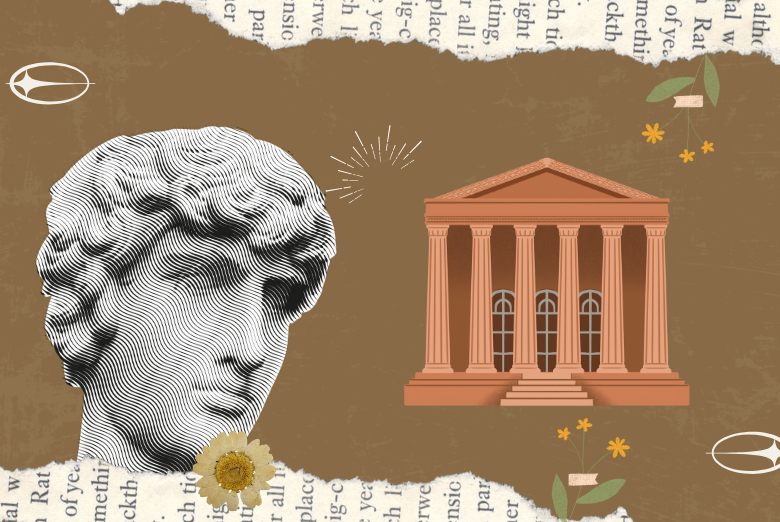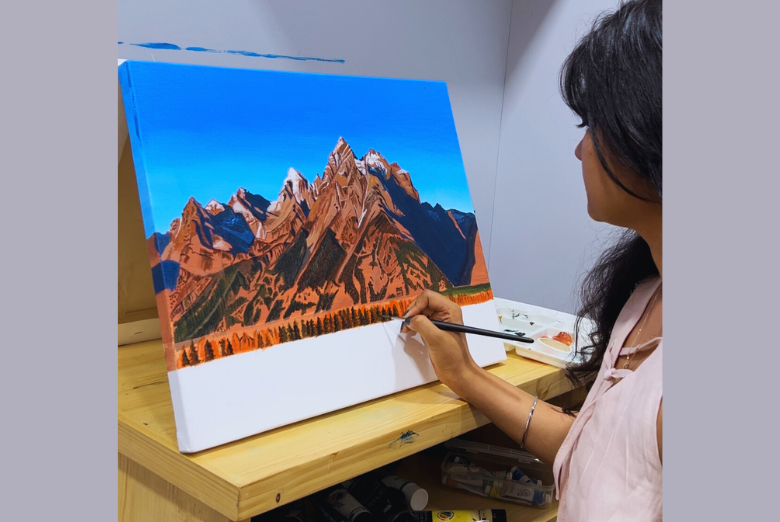Understanding the Creative Economy: A Catalyst for Growth
The creative economy encompasses the sector dedicated to generating and distributing knowledge and information, including industries such as advertising, architecture, arts, design, fashion, film, music, publishing, and software.
As a key driver of economic growth, the creative economy contributes about 6% of global GDP and is expanding at twice the rate of the traditional economy. It is projected to reach a value of $6.5 trillion by 2020.
The creative economy value chain provides a framework for understanding how creativity fuels economic growth within specific sectors or industries. This chain begins with producers who transform their knowledge, skills, talent, and ingenuity into products and services. These are then marketed by suppliers, distributors, retailers, and other intermediaries, ultimately reaching the end consumers who purchase these creative offerings.

The Creative Economy: A Key Driver of Future Economic Growth
The creative economy is increasingly becoming a significant force in the global market and is anticipated to drive substantial economic growth in the coming years.
A recent United Nations report reveals that the creative economy is currently valued at $2.25 trillion and is expanding at a rate faster than the overall economy. The report further projects that the creative economy’s value will reach $4 trillion by 2020.
Several factors contribute to the rapid growth of the creative economy. Advances in technology have simplified content creation and sharing, there is a rising demand for creative services within the business sector, and numerous countries are investing in the creative economy as a strategy for economic stimulation.
Future Growth Pathways for the Creative Economy
The creative economy has several potential avenues for growth in the future.
One approach involves increased government support through incentives. These could include tax breaks, financial benefits, and programs designed to foster connections between businesses and creative professionals.
Another possibility is the rising popularity of the creative economy, particularly within the web3 sphere (Metaverse, Crypto, NFTs). This growth could provide more opportunities for creatives to market their work and for global businesses to form partnerships with them.
Finally, the scope of the creative economy could broaden as businesses and creatives collaborate across new sectors and industries. This expansion could open up innovative and exciting opportunities for all participants in the creative economy.

The Rising Importance of the Creative Economy
The creative economy is increasingly becoming a vital component of the global economy, with its significance expected to grow in the coming years. Recent studies indicate that this sector is poised to be a major driver of economic growth.
This trend is beneficial for both businesses and creatives. For businesses, it signifies a burgeoning market for creative products and services. For creatives, it opens up numerous opportunities to showcase their talent and earn a living from their passions.
So, what exactly is the creative economy? It encompasses all sectors that rely on creativity and innovation, including fashion design, architecture, software development, and web design.
Valued in the trillions of dollars, the creative economy’s expansion shows no signs of slowing down. Whether you’re a business owner or a creative professional, now is the ideal time to leverage this growing trend.
The creative economy is renown for driving economic growth by creating linkages and spillover effects that boost other sectors. For instance, the expansion of the creative sector can increase demand for goods and services in related industries like hospitality and tourism.
Moreover, the creative economy plays a crucial role in diversifying the economy and generating employment opportunities. By fostering an environment that supports creativity and innovation, policymakers can unlock the full potential of the creative economy, thereby contributing to broader economic growth.
Thriving in the Creative Economy: Opportunities and Challenges
Jobs in the creative economy are often seen as more fulfilling and rewarding than traditional roles, offering greater creativity, flexibility, and freedom. As this sector expands rapidly. It is pois to become a major driver of economic growth. Creating numerous opportunities for both business professionals and creatives to innovate and succeed.
However, creative entrepreneurs face significant challenges when starting their businesses, including securing funding, developing management skills, and ensuring market attractiveness. To thrive in this environment, entrepreneurs need the right skills and knowledge: they must be able to develop strong ideas, obtain necessary funding, manage their businesses effectively, and create products that appeal to the market.
The creative economy, centered on creativity and innovation, encompasses not just artistic production but also industries like design, architecture, fashion, and food production.
Innovation
Creativity drives innovation, leading to the development of new products, services, and technologies. This can enhance productivity, create new markets, and improve competitiveness on a global scale.
Creative innovations lead to more efficient processes and improved productivity. For example, advancements in automation and artificial intelligence. Which stem from creative problem-solving, allow industries to produce more with less input. This boost in productivity translates to lower costs and higher outputs, benefiting both producers and consumers.
Social Cohesion
Creativity fosters social inclusion and cohesion by bringing diverse groups together through shared cultural experiences. This can lead to a more harmonious society, which is beneficial for economic stability.
By fostering creativity, countries can unlock a wide array of economic benefits, from increased innovation and competitiveness to enhanced cultural exports and tourism. Investing in the creative sector and supporting creative education are essential strategies for building resilient and prosperous economies in the modern world.
Digital Economy
The rise of digital platforms has amplified the impact of the creative economy. Online distribution of creative content expands global reach and opens up new revenue streams.
Digital platforms facilitate direct engagement between creators and consumers, fostering a more interactive and responsive creative environment. This direct feedback loop enables creators to tailor their content more precisely to audience preferences. Thereby increasing the likelihood of commercial success. As a result, the creative economy becomes more dynamic and adaptive, driving innovation and diversification within creative industries.
The impact of digital platforms on the creative economy underscores the transformative power of innovation in driving economic growth and cultural development on a global scale. By leveraging technology to amplify creativity and expand market reach, countries around the world can harness the full potential of their creative industries to stimulate economic prosperity and enrich societal well-being.
Conclusion
The creative economy is becoming an increasingly important driver of economic growth. By creating new opportunities for businesses and creatives to collaborate, the creative economy is generating new jobs and businesses. As the world becomes more connected, the opportunities for the creative economy will continue to grow.



